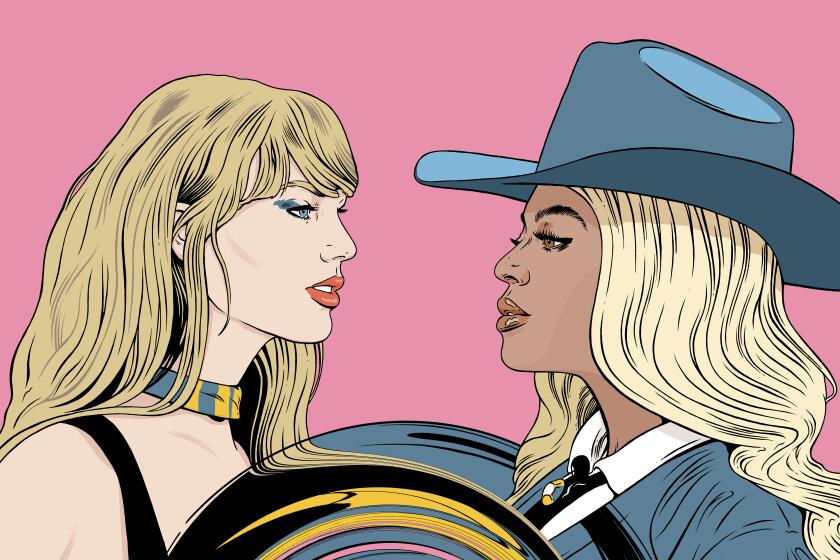The Envelope: ‘The Revenant’s’ costume designer based Leonardo DiCaprio’s look on monks
To dress the actors in “The Revenant,” costume designer Jacqueline West relied on furs, of course, a lot of specially designed wax and, for those freezing temperatures, electrically heated clothing.
The film from director Alejandro G. Iñárritu tracks an expedition of fur trappers and their scout, Hugh Glass (Leonardo DiCaprio), who are beset by a harsh winter, Native American attacks and, for Glass, a near-fatal mauling by a bear. Hundreds of costumes, most handmade and cased in a proprietary wax concoction, provide the film with its dark, spiritually reverent mood — a violent yet breathtaking look into the life of 19th century frontiersmen.
Oscars 2016: Full Coverage | Complete list | Snubs, surprises and reactions | Top nominee photos
The grueling shoot did not deter West’s passion for the story nor her view of Mother Nature as supreme power. “I did put my heart and soul into it,” says the now three-time Oscar nominee of her work on the film. “We all did. To me, this story is where man and animal and nature cross and connect. And nature always wins.”
What struck me right away was how disgusting — bloody, muddy and stinky — the costumes appeared, but how oddly beautiful at the same time.
Sometimes authenticity and grit have their own beauty. I was in Italy when Alejandro and I first spoke by Skype in a really long conversation. I showed him images and that’s when I first saw how he reacted to anything visual; D.H. Lawrence called it the “blood reaction.” Alejandro’s very emotional and his whole body language changes when he’s excited. I got some initial reactions to ideas on that call.
What were the ideas?
The first two images I showed him were of an Arikara hunter in an almost monk-like coat, with a hood. And I’d sent him something earlier of a picture of a Russian icon — a Slavic monk in very heavy wool that almost looked like fur — and somehow the two clustered and started molding into Hugh Glass and what he would look like. Even at the end when [Glass] leaves the fort in an almost military coat, it has a caplet and looks a lot like a Capuchin monk. It’s all kind of spiritual. Alejandro loved that metaphor and idea.
Were the clothes historically accurate or more stylized?
Alejandro didn’t care about the minutiae of historical detail; he wanted a feeling. And there are no paintings or drawings of Hugh Glass. Glass and the Native Americans’ costumes were the most important outfits of the story for him. Remember, Glass was seeking some kind of enlightenment in nature, something more spiritual — he wasn’t there for monetary gain like some of the trappers. He had a very different relationship with nature than just your everyday 9-5 trapper. That needed to show in his costume.
The Envelope Screening Series: ‘The Revenant’

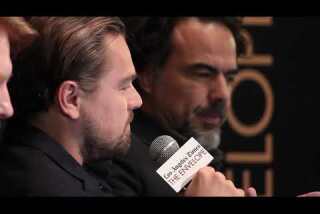
'The Revenant': Attraction of the story
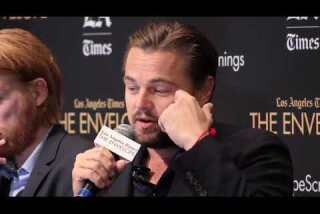
'The Revenant': Conditions affect performance
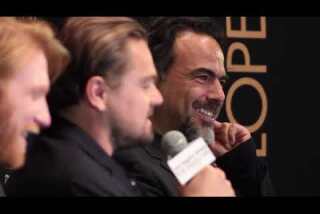
'The Revenant': Agility of the story
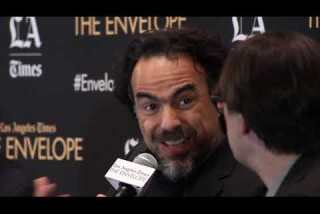
Video: 'The Revenant': Limited shooting hours
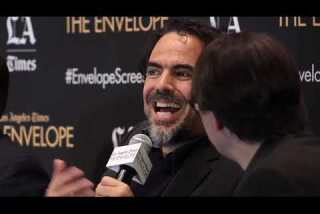
Video: 'The Revenant': The bear scene
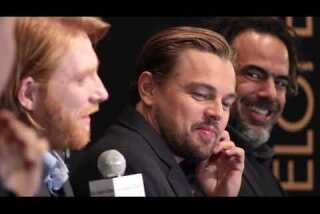
Video: 'The Revenant': Know what you're getting into
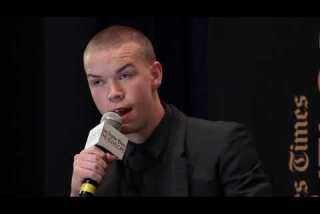
'The Revenant': Knowing a character's future
What is the wax you used on the costumes?
Early on I created a costume for Glass and it was beautiful — too beautiful — and I had to go back to my staff and say, “We need to make this look like he’s been in the wilderness for two years.” Because I’d read trappers came back to St. Louis and you couldn’t tell what their clothes were made of, they were so caked in bear grease.
It was a trick they’d picked up from the Native Americans. But I couldn’t use real bear grease — it gets rancid smelling very quickly. It didn’t matter back then when all the men lived with other foul-smelling men, but I couldn’t have that for my actors. So we concocted something magical: various kinds of waxes mixed with a black substance and which caught the light perfectly. We worked a long time on it to get it just right.
And the next time we showed Alejandro the same costume and this time on Leo, I knew then from his body language I’d nailed it. It was kind of a glorious moment. And then he had [one of my staff] coating everything in the movie; putting it on the horses even. She had to stay on set right by him and applied it where needed. It created a wonderful mood.
How did you survive the shoot; it sounded beyond rigorous.
I consider myself a cowgirl. I’m used to the cold and like it. And honestly, making this film, we all were given the experience of a lifetime. That said, there were days it was 40 degrees below zero. I remember a scene where [actor] Will Poulter carved the snail into the canteen and his hair froze straight up. That’s how cold it was.
How did you keep all the actors unfrozen and able to work?
It was a feat; actually a part of the costume process. Trappers were always on the move, but the actors — because of the nature of filming — were sitting for long periods. So I had to rely on under-layers that mountain-climbers use, even sometimes electrically heated costumes underneath, especially when they were still or sleeping for long dialogue scenes. Tom Hardy’s costume was almost too heavy to carry for one person; he loved the gravitas of it but I don’t know how he managed.
How heavy was Leo’s costume — the gorgeous bear fur cape?
It was about 90 pounds dry and 110 pounds wet. Only someone of Leo’s stature — he’s a big guy, maybe 6-foot-2 with broad shoulders — could handle it.
More to Read
From the Oscars to the Emmys.
Get the Envelope newsletter for exclusive awards season coverage, behind-the-scenes stories from the Envelope podcast and columnist Glenn Whipp’s must-read analysis.
You may occasionally receive promotional content from the Los Angeles Times.






